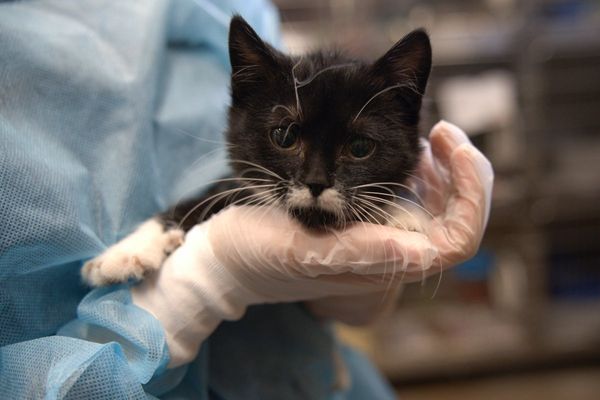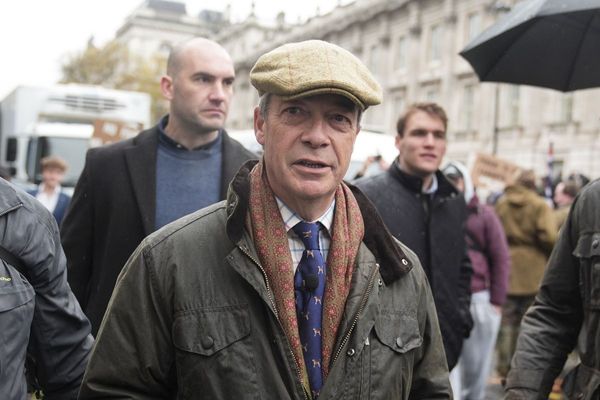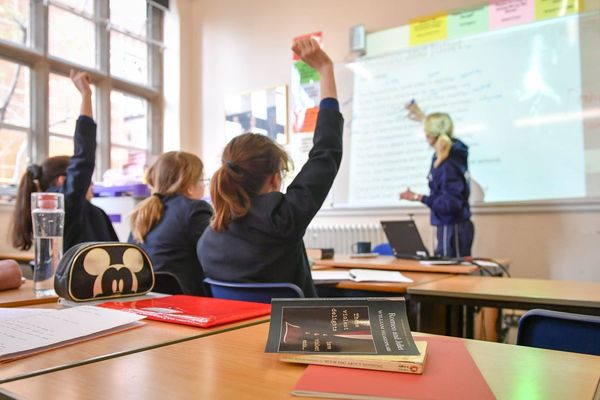
Will the new NSW Labor government do the hard yards and investigate the operations of the Forestry Corporation of NSW?
Two legal instruments govern the harvesting of native forests in NSW. The first is the Coastal Integrated Forest Operations Approval (CIFOA) and the second is the set of Commonwealth/State Regional Forest Agreements (RFAs). CIFOA was signed in November 2018, the same time RFAs approvals were extended for 20 years.
In 2019-2020, catastrophic bushfires burnt more than 890,000 hectares (42%) of the state’s coastal and tablelands state forests. As a result, the Environmental Protection Agency (EPA) issued a set of supplementary site-specific conditions, known as SSOCs, over and above the requirements of CIFOA conditions of approval.
The purpose of these supplementary conditions was to assist in bushfire recovery efforts. The agency made clear in a letter to the head of the forestry corporation that “the unprecedented fires of 2019/2020 have significantly impacted the environmental values of the state forests of NSW” and that subsequent timber harvesting in fire-affected areas posed “a major environmental risk”.
However, the NSW forestry corporation rejected the continuation of the EPA’s conditions. In a confidential report, it claimed:
a small number of operations were conducted under SSOC however negotiations for more areas have proven almost impossible primarily because of the EPA’s approach is now informed by an expert report which focuses only on environmental considerations, to the exclusion of all others, which is contrary to the principles of ecologically sustainable forestry management.
Dr Andrew Smith, the expert referred to by the corporation, was engaged by the agency to review CIFOA mitigation conditions in the burnt forests. In his conclusions, Smith stated that CIFOA will not deliver ecologically sustainable forestry management as required under the law and is likely to cause a “significant impact” under biodiversity and environmental protection laws.
The agency has no powers to force the NSW forestry corporation to invoke SSOCs. These conditions can only be applied as a result of the corporation’s requests.
Undeterred by the EPA’s advice, the NSW forestry corporation pushed ahead with industrial logging in burnt and unburnt state forests, placing endangered fauna and flora species at serious risk.
In-depth research of the complex legal issues surrounding the CIFOA and regional forest agreements identified critical flaws allowing the timber industry free reign in native forests.
Five-year reviews of RFAs are required to assess progress on ecologically sustainable forestry management. Under the NSW RFA, the government must demonstrate how the parties have provided for the protection of matters of national environmental significance, forest fauna and flora species protected by the Commonwealth EPBC Act.
The last reviews conducted over the time period from 2004-2014 were tabled in NSW Parliament in 2018. At some stage under the Morrison government, the five-year review was pushed to 2024, creating a 10-year gap in information.
Under the conditions of the CIFOA, the EPA has no mandatory power to enforce a review and may only request one.
Neither former NSW premier Gladys Berejiklian, her successor Dominic Perrottet nor her former deputy John Barilaro demonstrated any willingness to protect native forests from the exponential evidence of catastrophic damage to forest species targeted for harvesting.
CIFOA conditions can only be upgraded to provide protection for the array of impacts by the two ministers responsible for the approval — environment and forestry.
A scientific submission on the cascading impacts of the 2019-2020 bushfires was sent to the EPA in February, signed by 31 international and national scientists. Based on peer-reviewed published research, the scientists requested the EPA undertake a review of CIFOA.
The submission detailed extensive damage, focusing on climate change as the major cause of the fires with evidence indicating their scale had implications for biodiversity conservation both within Australia and globally. According to a NSW Planning Department report, the “so-called ecological carrying capacity” of the state forests was reduced by more than a third in burnt areas.
Research published in 2021 provided evidence of the collapse of 19 ecosystems, including Alpine Ash forests, a major target of logging by the NSW forestry corporation.
In February 2022, Sussan Ley upgraded the koala to endangered status under the EPBC Act, and it was subsequently upgraded under the NSW Biodiversity Act. Greater Gliders were upgraded to endangered status after an 80% decline over just two decades, according to some experts. Yet the NSW forestry corporation made no provision in any harvest plans to upgrade the protection of these species targeted by industrial logging.
The critically endangered Swift Parrot numbers are dwindling. Under CIFOA protocols, the level of protection from harvesting is minimal.
Both federal and NSW environment ministers are aware of the extent of damage, the urgency of remedial action, and the failure of both legal instruments to recognise the bushfires legacy.
But will they act?







